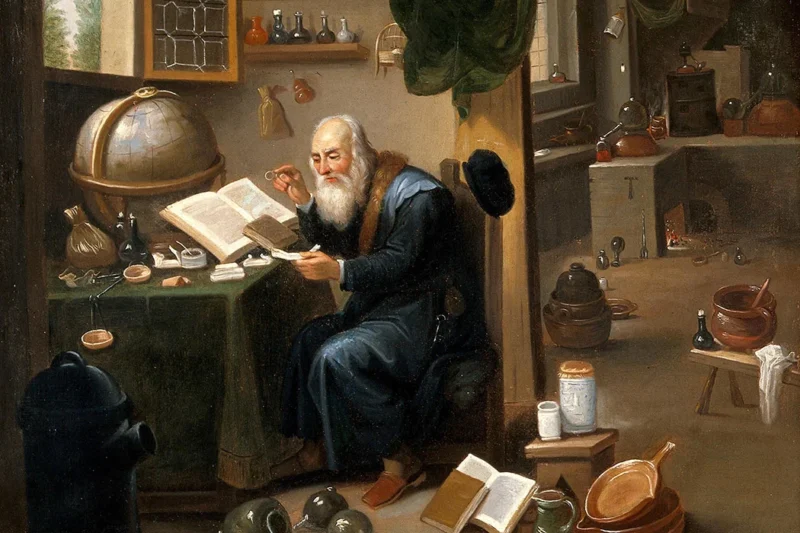Alchemy is an ancient practice that seeks to transform and transmute materials, often with a spiritual or mystical intent. Though it has its roots in ancient civilizations, alchemy continues to captivate and intrigue people today. If you are a beginner interested in exploring chemistry, you might be wondering where to start. Here are some essential tools and materials to get you started:
Laboratory equipment
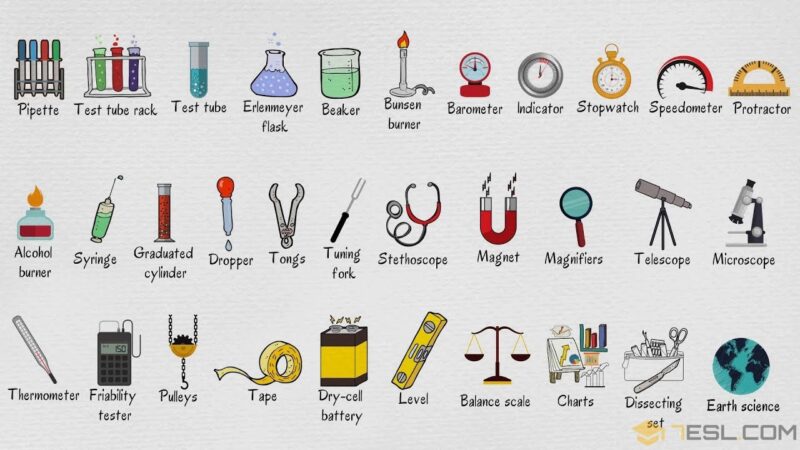
Alchemy often involves experimentation with materials and substances, so you’ll need a basic alchemy set that includes laboratory equipment such as beakers, test tubes, funnels, pipettes, and stirring rods. It’s important to use glassware made of borosilicate glass, which is resistant to thermal shock and chemical corrosion. With a chemistry set, you’ll have all the necessary tools to conduct experiments and create reactions that can unlock the mysteries of this ancient practice.
Chemicals and substances
Chemicals and substances are essential components for practicing chemistry. They are used to create reactions and transformations within materials, which are key aspects of the practice. However, it’s important to note that handling chemicals and substances requires proper training, equipment, and safety precautions. Here are some common chemicals and substances used in chemistry:
Sulfur
Sulfur is a yellow, powdery substance that has been used in alchemy for centuries. It is associated with fire and is often used to represent the soul or spirit in alchemical symbolism. Sulfur is also used in the creation of sulfuric acid, which is an important industrial chemical.
Mercury
Mercury is a silver-colored liquid metal that has been used in alchemy for its transformative properties. It is associated with water and is often used to represent the mind or spirit in alchemical symbolism. However, mercury is toxic and should be handled with extreme care.
Salt
Salt is a common substance that is used in alchemy for its purifying properties. It is associated with the earth and is often used to represent the body in alchemical symbolism. Salt can be used to create a variety of chemical reactions and is often used in conjunction with sulfur and mercury.
Copper
Copper is a reddish metal that has been used in chemistry for its conductive and transformative properties. It is associated with Venus and is often used to represent love or beauty in alchemical symbolism. Copper can be used to create a variety of alloys and is often used in the creation of electrical wires and circuits.
Gold
Gold is perhaps the most well-known substance associated with alchemy. It is a precious metal that has been sought after for its beauty and value for thousands of years. In alchemy, gold is associated with the sun and is often used to represent enlightenment or spiritual transformation.
Heating equipment
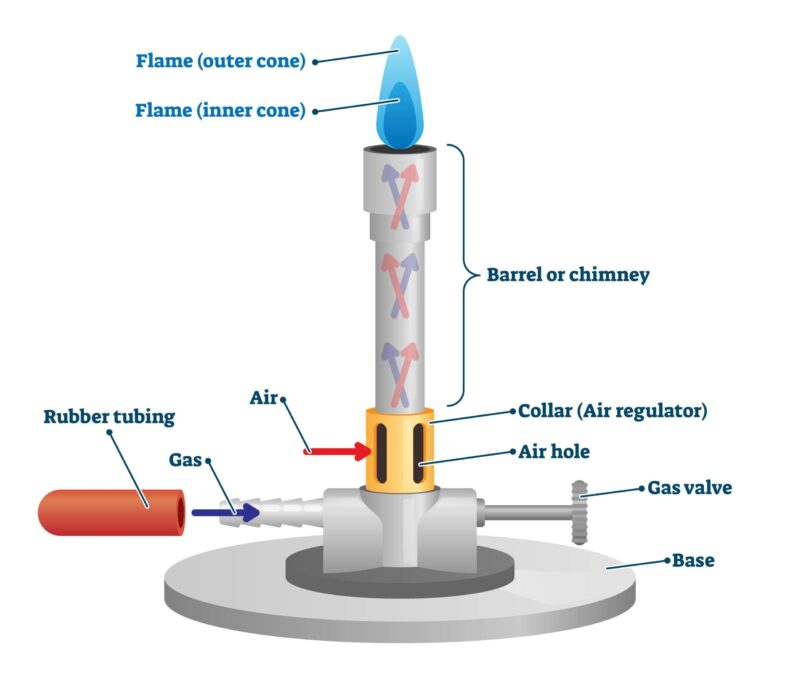
Many alchemical experiments require heat, so you’ll need a heat source such as a Bunsen burner, hot plate, or torch. You’ll also need a heat-resistant surface to place your equipment on.
Mortar and pestle
A mortar and pestle is a simple but essential tool for chemistry. It consists of a bowl-shaped container and a club-shaped tool, which are used to crush, grind, and mix substances. Mortar and pestles come in a variety of materials, including stone, ceramic, and glass, but each has its unique properties.
Stone mortar and pestles
Stone mortar and pestles are the most traditional type and have been used for centuries. They are typically made from granite, marble, or lava stone and are highly durable. However, stone mortar and pestles can be porous, which can make them difficult to clean and can cause substances to stick to them.
Ceramic mortar and pestles
Ceramic mortar and pestles are a popular choice for alchemists because they are easy to clean and can be glazed to prevent substances from sticking to them. They come in a variety of sizes and designs and can be highly decorative.
Glass mortar and pestles
Glass mortar and pestles are transparent, which can be helpful for visually monitoring reactions and transformations. They are also easy to clean and do not absorb substances, which can make them a good choice for working with delicate or reactive materials.
Using a mortar and pestle is a simple process. The substance to be ground or mixed is placed in the mortar, and the pestle is used to crush, grind, or mix it until the desired texture or consistency is achieved. Mortar and pestles are used in a wide range of alchemical processes, from creating powders and pastes to grinding metals and minerals.
Distillation apparatus
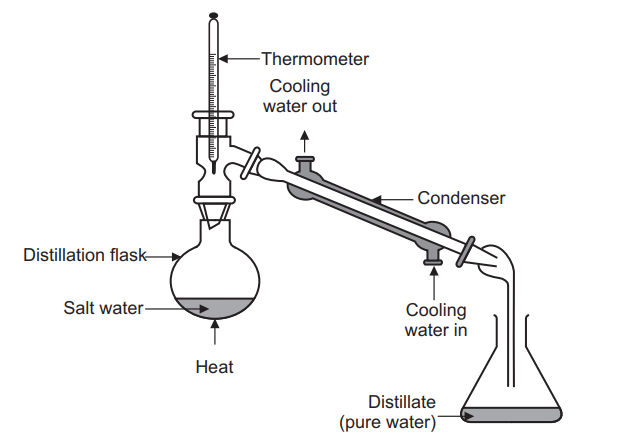
Distillation is a process used in alchemy to purify substances or separate them into their parts. You’ll need a distillation apparatus, which consists of a distillation flask, condenser, and receiver. This allows you to heat a substance and collect the vapors that are produced.
Books and resources
Books and resources are important components for anyone interested in practicing alchemy. They provide a wealth of knowledge and insight into the history, techniques, and philosophy of this ancient practice. Here are some key resources for alchemists:
Classic alchemical texts
Many classic alchemical texts provide a foundation for the practice. Some of the most well-known include the “Emerald Tablet,” the “Picatrix,” and the works of Paracelsus. These texts provide insights into the symbolism, techniques, and philosophy of alchemy and can help understand the practice as a whole.
Modern alchemical texts
In addition to classic texts, many modern alchemical texts provide insights into contemporary alchemical practices. Some of these books focus on practical techniques for alchemical experimentation, while others delve into the spiritual and philosophical aspects of the practice. Some popular modern alchemical texts include “The Alchemist’s Handbook” by Frater Albertus and “The Secret Teachings of All Ages” by Manly P. Hall.
Alchemical societies and organizations
Many alchemical societies and organizations provide a community for alchemists to connect, learn, and share their knowledge. Some of these groups focus on practical experimentation, while others delve into the spiritual and philosophical aspects of alchemy. The International Alchemy Guild and the Alchemy Study Group are two examples of organizations that provide resources and support for alchemists.
Online resources
There are many online resources for alchemists, including forums, blogs, and websites dedicated to the practice. These resources can provide access to knowledge and insights from alchemists all over the world, as well as practical tips and advice for experimenting with alchemy.
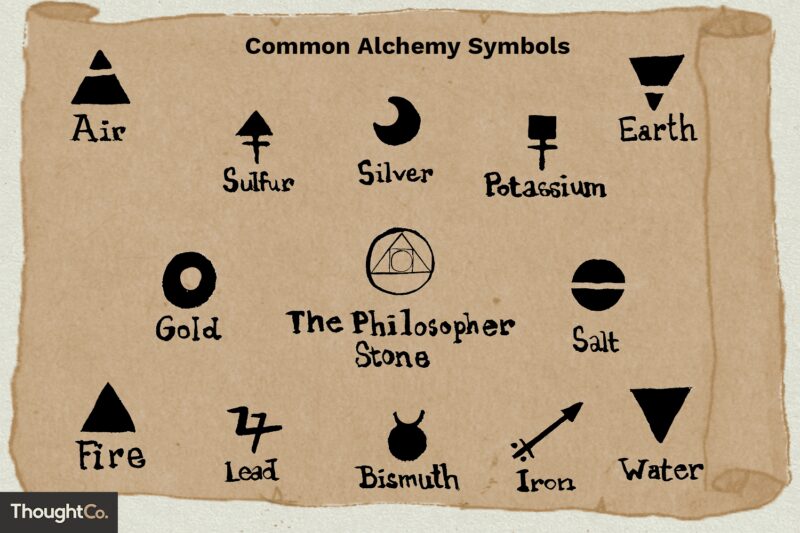
Patience and curiosity
Finally, the most important tools for practicing alchemy are patience and curiosity. Alchemical experiments can take time and may not always produce the desired result. But by staying curious and open-minded, you can learn from each experiment and deepen your understanding of this ancient practice.
Conclusion
In conclusion, alchemy can be a fascinating and rewarding practice for beginners. By assembling the right tools and materials, and cultivating patience and curiosity, you can begin to explore the mysteries of alchemy and unlock the secrets of transformation and transmutation.
